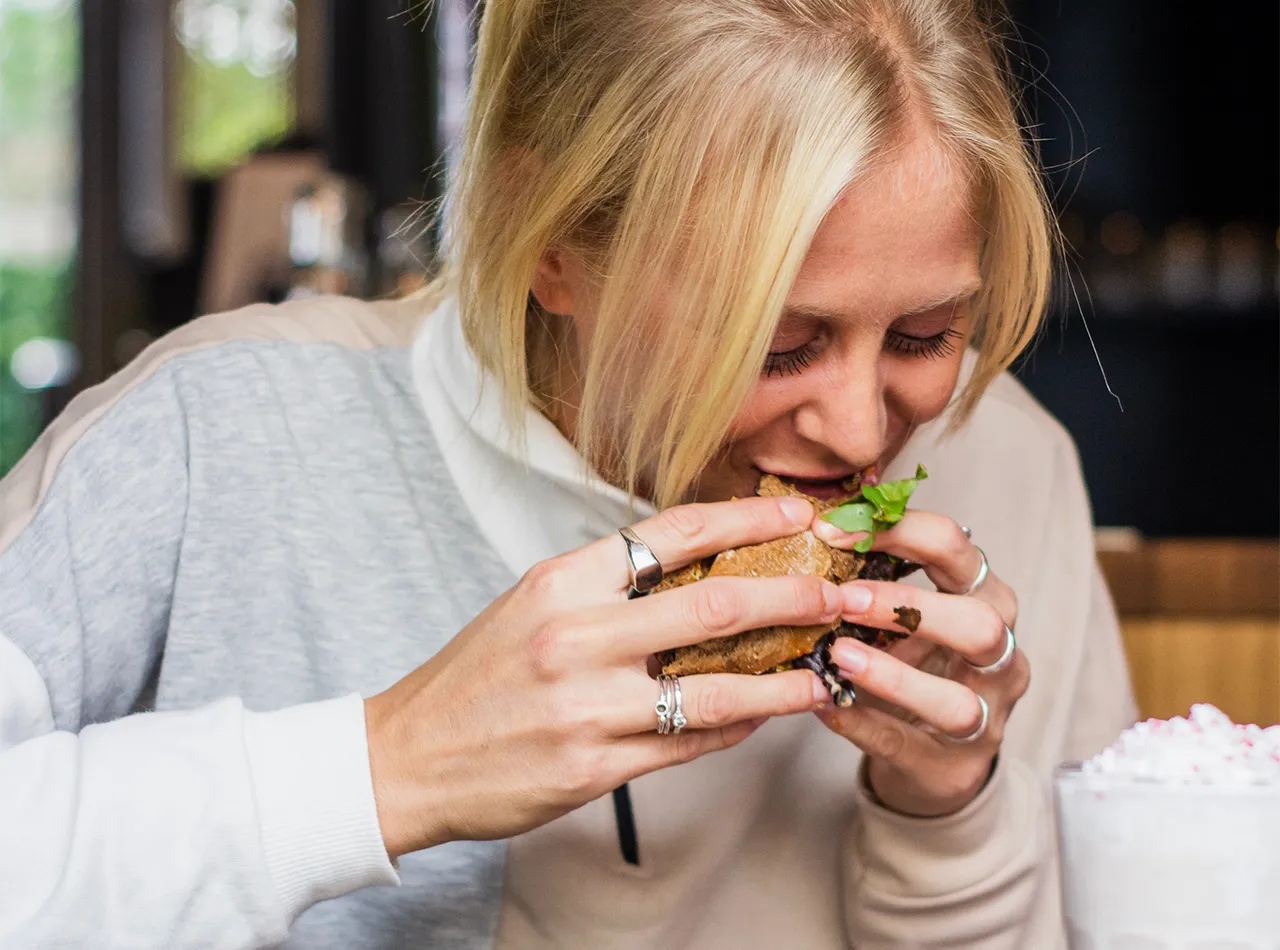
Hunger isn’t always in the stomach—it’s often in the heart
You reach for food without thinking. You’re not hungry. Not physically. But something feels off. You want relief. A break. Something warm. Something crunchy. It’s not about fuel. It’s about feeling.
Emotional eating isn’t weakness. It’s response. To boredom. Loneliness. Exhaustion. Even joy. Food becomes comfort, distraction, escape. It silences what feels too loud.
But after the last bite, the feelings remain. And now guilt joins them.
It often starts in quiet, ordinary moments
You walk into the kitchen. Open the fridge. You’re not sure why. You just do. The day’s been long. Or dull. Or too fast. Or too slow. Food is pause. Or company. Or proof you matter.
There’s no plan. Just motion. Reaching. Chewing. Filling the silence. Not all emotional eating comes from trauma. Some comes from routine. From autopilot.
It’s not the hunger that speaks—it’s everything else.
You may not notice until it’s already over
The signs are subtle. A second helping you didn’t need. A snack that didn’t satisfy. A full belly that still feels empty. You eat without tasting. Without stopping. Until the plate is gone. Then clarity arrives—with discomfort.
That’s the nature of emotional eating. It’s not about the food. It’s about what happened before. And how you felt after.
Awareness doesn’t stop it. But it gives you a way in.
Guilt is often louder than the craving
After emotional eating, shame arrives. You tell yourself you should’ve known better. Had more control. Made a better choice. But guilt doesn’t lead to change—it leads to more eating. Or more restriction. Or more self-blame.
The cycle continues: Feel. Eat. Regret. Repeat. It’s not indulgence. It’s coping.
Breaking it doesn’t begin with willpower. It begins with kindness.
Tracking emotions—not just food—shows the pattern
Food journals focus on what and when. But what about why? Were you tired? Lonely? Avoiding something? Did you want to feel full—or feel something?
Noticing emotion before the bite changes everything. Even if the eating still happens. Awareness interrupts autopilot. And patterns don’t change until they’re seen.
You don’t need to track calories. You need to track truth.
Emotional eating isn’t solved by a stricter diet
Rules don’t heal emotion. They hide it. Restriction may delay a binge—but it doesn’t resolve the urge. Diets that ignore emotion only reinforce the shame cycle.
You don’t need more rules. You need room. For pause. For reflection. For gentleness. Eating emotionally isn’t bad—it’s a signal.
Not every hunger needs a salad. Some need sleep. Or a hug. Or a walk. Or space.
Alternatives help—but only when they speak the same language
You can’t replace comfort food with broccoli and expect peace. The new comfort has to feel comforting. Tea. Warm socks. A journal. Music. Movement. Something that offers care—not control.
You’re not trading snacks for suffering. You’re trading numbness for connection.
The goal isn’t distraction—it’s listening differently.
Self-compassion is the tool no diet gives you
You don’t need to earn rest. Or prove discipline. You need to learn to sit with discomfort without punishing yourself for it. Self-compassion is a practice. A skill.
It doesn’t stop cravings. But it softens the urgency. And when urgency fades, choice returns.
You’re not failing. You’re learning new ways to care.
Healing emotional eating takes time—not just intention
This isn’t a one-week fix. You’ll still reach for snacks when sad. You’ll still feel guilty sometimes. But the timeline isn’t the goal. The pattern is. And each pause, each breath, each new response rewires something.
It’s not about never eating emotionally. It’s about recognizing when you do. And responding with curiosity, not shame.
Healing is a quiet shift—not a loud rule.
